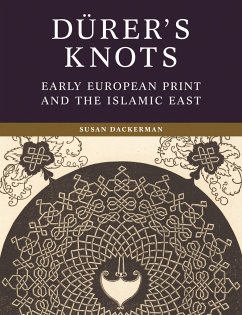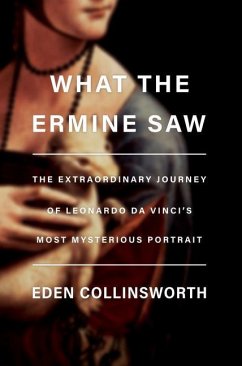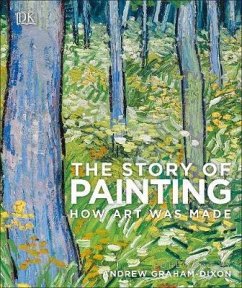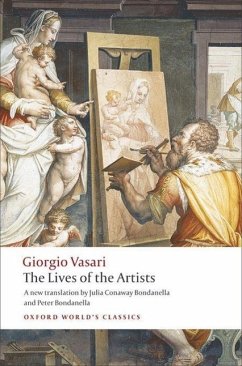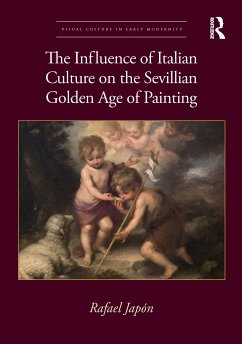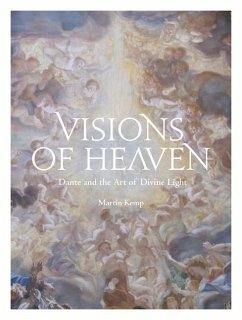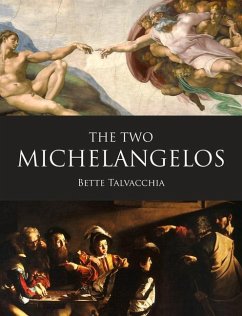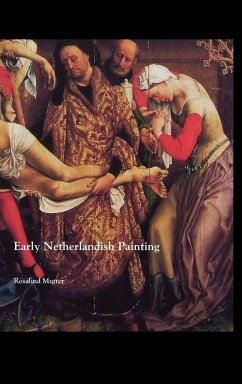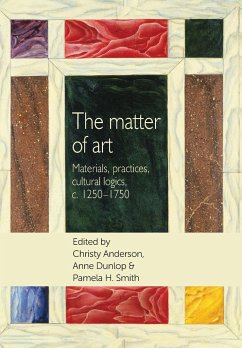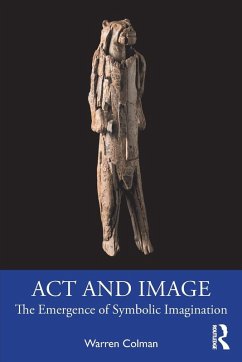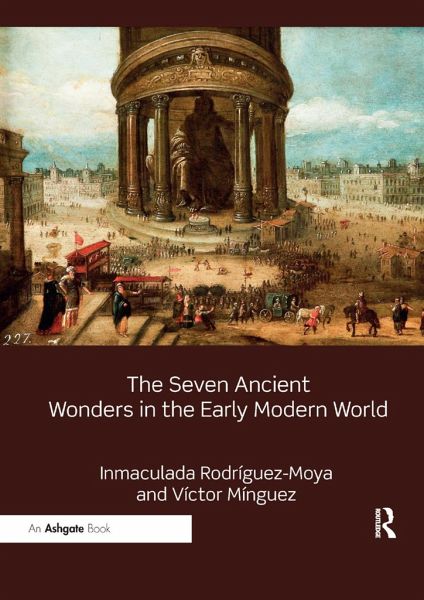
The Seven Ancient Wonders in the Early Modern World
Versandkostenfrei!
Versandfertig in 1-2 Wochen
55,99 €
inkl. MwSt.

PAYBACK Punkte
28 °P sammeln!
This monograph is a study of the artistic production that formed part of the various lists of the Seven Wonders that lasted beyond Antiquity and were recovered during the Renaissance and Baroque periods. The study focuses in depth on the way they were evoked in modern artistic culture and the importance they had at European courts, linked to monarchs and princes as an image of power.





